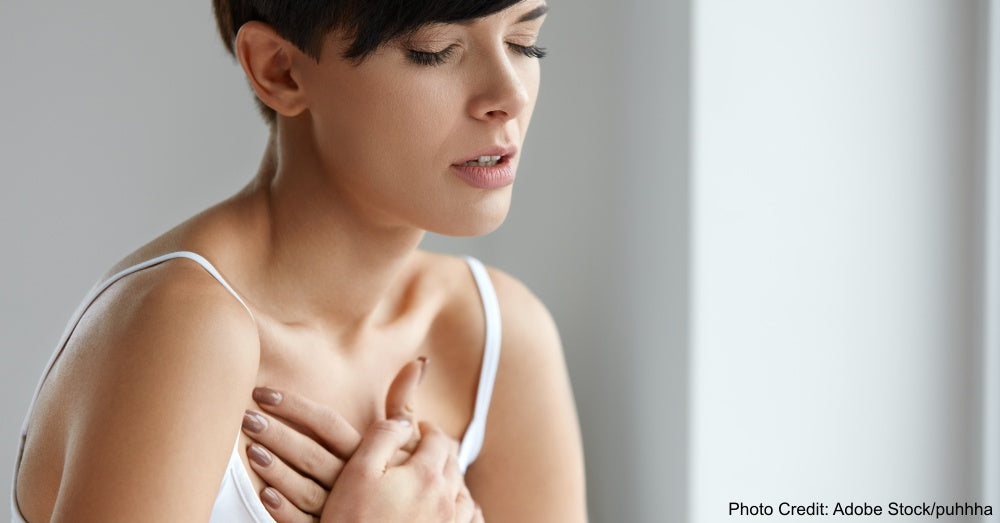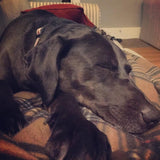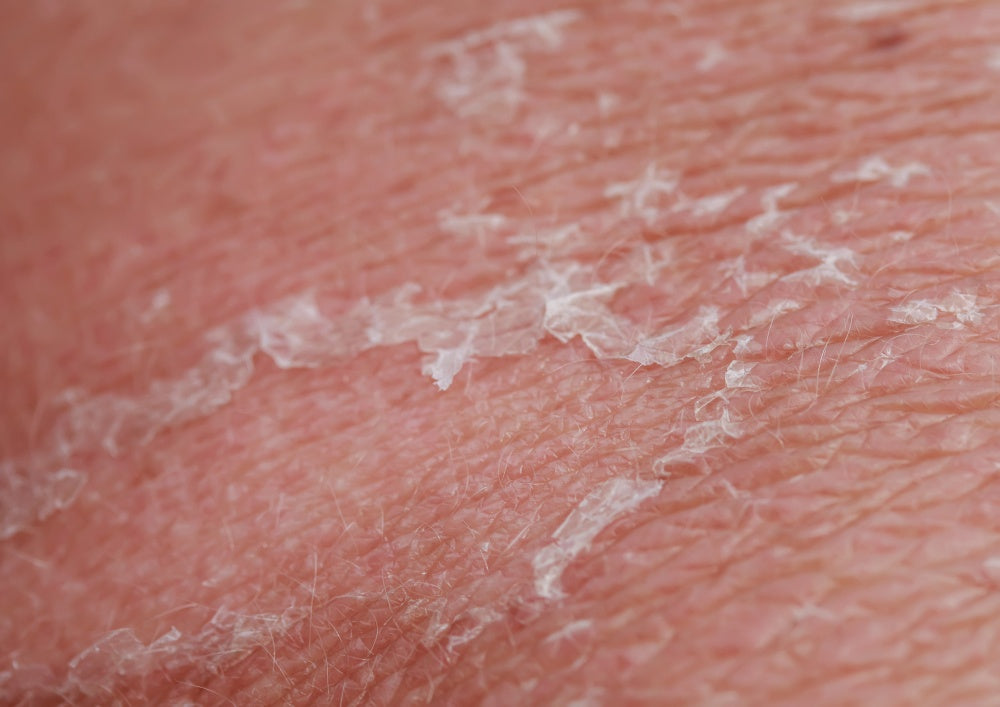5 Short-Term Radiation Side Effects You Should Know
Chantelle Dixon
Every breast cancer patient has an individualized treatment plan curated by their medical team. This may include surgery like a lumpectomy or mastectomy, hormone therapy, chemo therapy, or radiation (also called radiotherapy).
If your doctor recommends radiation, there is a chance you will experience both short-term and long-term side effects, as with any treatment. But, compared to chemotherapy, radiotherapy is a lot easier to deal with and comes with fewer potential issues.
Radiation can be used on its own or in combination with other treatments or surgeries, and can be used before or after a surgery, depending on the stage of your cancer and your doctors' recommendations. Despite its many positive attributes though, it is often misunderstood by breast cancer patients. To check out some common misconceptions, read our article here.
The goods news is that radiation only affects a very precise, targeted area, and your doctor will select a dose that will be the most effective without damaging as much healthy tissue as possible. However, sensitivity varies from patient to patient, and there's no way to accurately predict which patients will have what reactions. Most acute (or short-term) side effects begin a couple weeks after treatment starts and will dissipate a few months after treatment ends. However, some side affects won't show up until months or years after your treatment. (To learn about long-term effects, visit our article here.)
If you have a higher dose of radiation, your chances of getting side effects are more likely -- but if you get too low of a dose of radiation, it won't be as effective against the cancer and could leave cancer cells alive.
Here are some short-term side effects to be aware of.
Skin reactions
As mentioned above, radiation targets a very specific area, so any skin problems that occur will only develop in one place. Radiation can damage some healthy tissue in addition to eradicating cancer cells, and this can make your skin blister, peel, become itchy and dry, feel rough to the touch, or appear red, as if sunburned.
These symptoms typically start about 10-14 days after you begin radiation.
Factors that can exacerbate skin reactions to radiation include:
- the dose of radiation you're given
- how long treatment lasts
- your skin type (if it's sensitive, dry, oily, etc.) and any pre-existing skin conditions (such as eczema)
- your age
- lifestyle factors (such as being overweight or smoking)
- undergoing chemotherapy at the same time
It is not uncommon to temporarily pause your radiation schedule to allow your skin to heal, if the side effects are too painful or interefere with your day-to-day life.
Aches & Pains
A side effect called a moist reaction can occur when the skin peels far enough that the area becomes tender. It most commonly occurs underneath the breasts or in skin folds in the affected area, and can be painful and uncomfortable. Pain and sensitivity in the chest is also common. Topical medications and moisturizers, loose clothing, and pain relievers can help ease any discomfort.
Aches, sharp pains, and stiffness in the arm, shoulder, and chest are also possible, but are typically mild and go away after treatment. Gentle exercises may help with stiffness both during and after treatment.
Fatigue
Breast cancer treatment can be exhausting, and the physical toll on your body can drain all of your energy. Plus, the emotional effects of treatment like anxiety and depression can make it difficult to sleep. And if you're undergoing other treatments in conjunction with radiation, it will only exacerbate any tiredness you feel. When all that bone-tiredness isn't eased by rest or sleep, it's called fatigue.
Fatigue is a very common side effect, and can start during radiotherapy or crop up after you've finished and last for a few months. Your experience with fatigue may be different from another patient's, so be aware of your own needs and don't over-exert yourself. Listen to your body.
Hair loss in the area
Radiation for breast cancer won't make you go bald -- that's a side effect of chemo, which affects cells throughout your body. Because radiation is localized, the only hair loss you could incur would be in the treated area -- in this case, typically the chest and/or armpits. If you do experience hair loss, it starts a couple weeks after treatment begins, like any other skin problems due to radiation.
If the hair grows back, it may take several months, and could be a different color or texture. It is also possible that hair may never regrow in the area at all.
Change in breast size, shape & color
Edema, or swelling, in the breast can occur during treatment and be uncomfortable. It usually resolves a few weeks after radiation treatment begins, but not always. Talk to your doctor if this is not the case, as it could be lymphedema, a long-term condition.
The breast can feel harder or appear smaller after radiation as well, due to breast fibrosis. This can be a long-term effect of treatment as well.
Lastly, when radiation therapy is given after a lumpectomy, the treated breast may look and feel different in terms of shape, size, and coloring. This is because the dose of radiation won't be consistent over the entire area, due to the uneven shape of the breast. This is completely normal, but as with any side effect of treatment, bring up any concerns you have to your doctor.

Chantelle Dixon likes to read, sing, eat, drink, write, and other verbs. She enjoys cavorting around the country to visit loved ones and experience new places, but especially likes to be at home with her husband, son, and dog.







